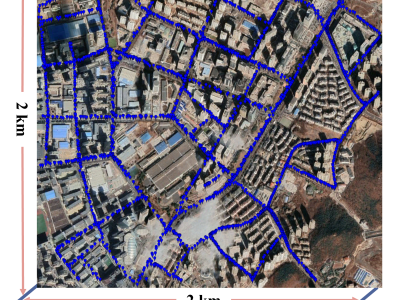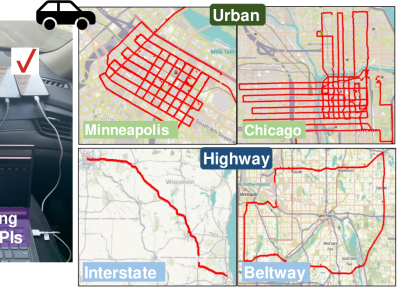
The dataset was collected in the actual outdoor environment of Dalian, China, with specific areas carefully selected to encompass a diverse range of environmental characteristics. These environments are extensive, including not only the urban center with high-rise office buildings and high population density but also suburban areas with scattered low-rise buildings and relative tranquility; additionally, they encompass major urban arteries with constant traffic flow and urban side streets with lighter traffic.
- Categories:






